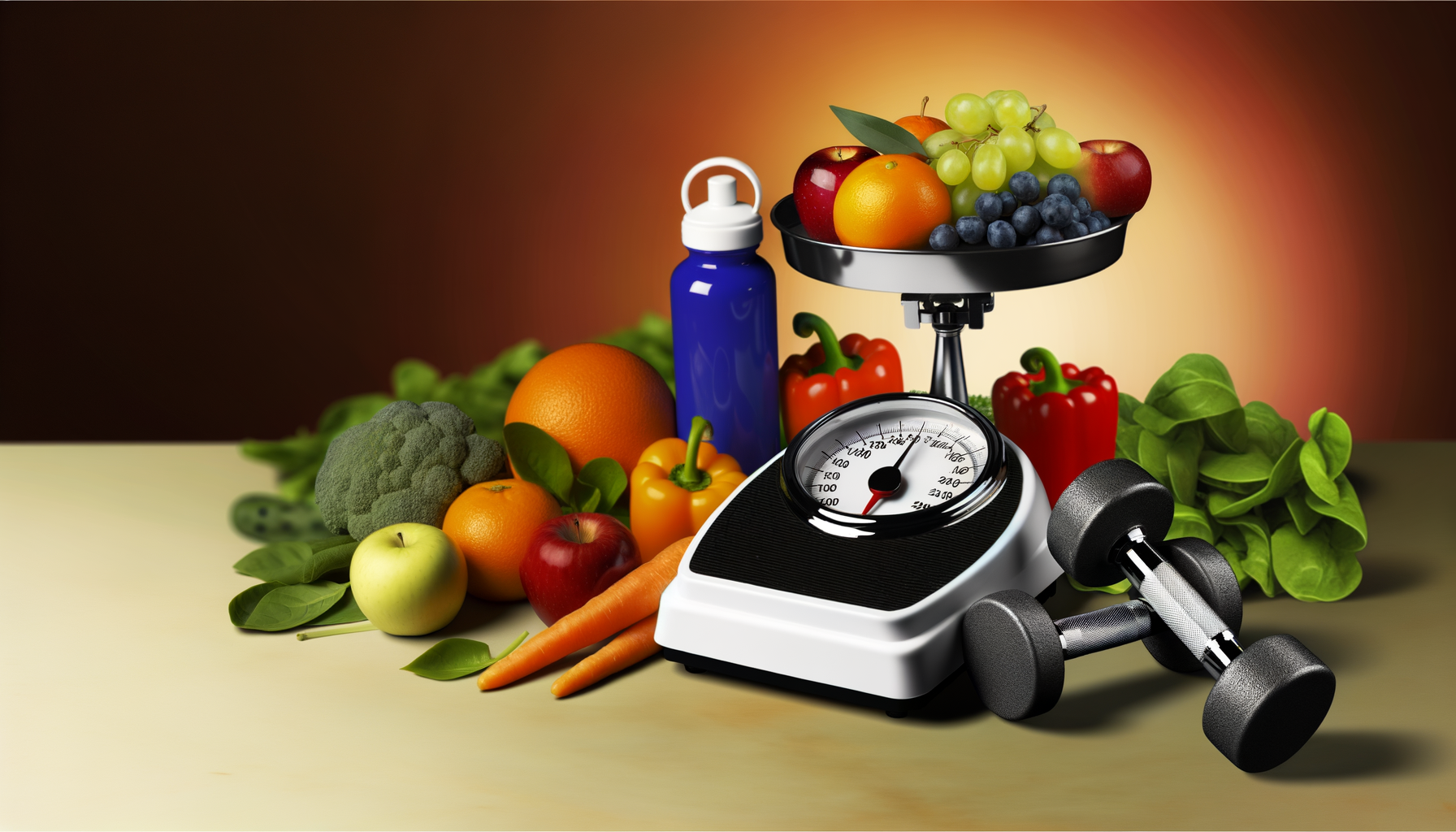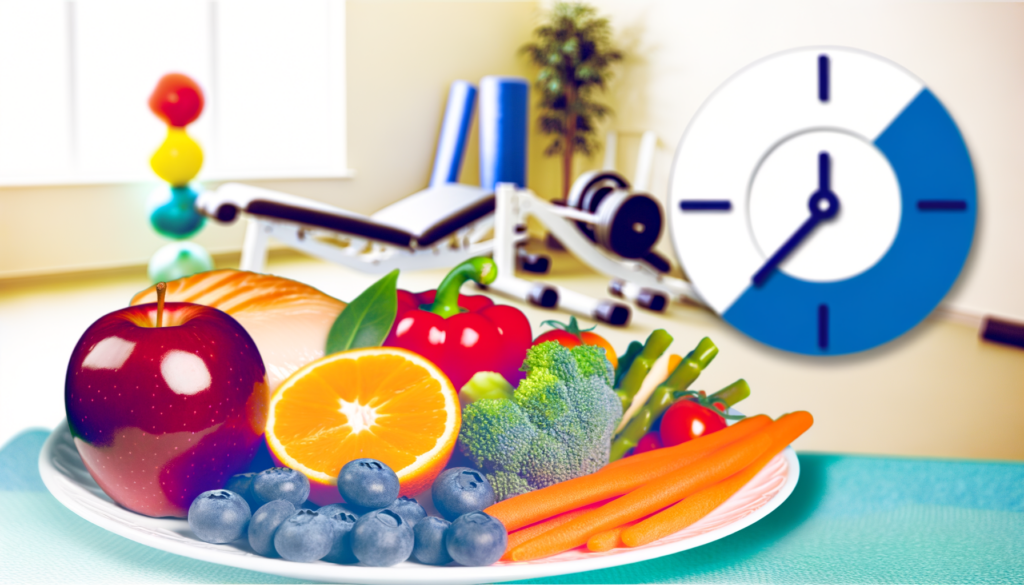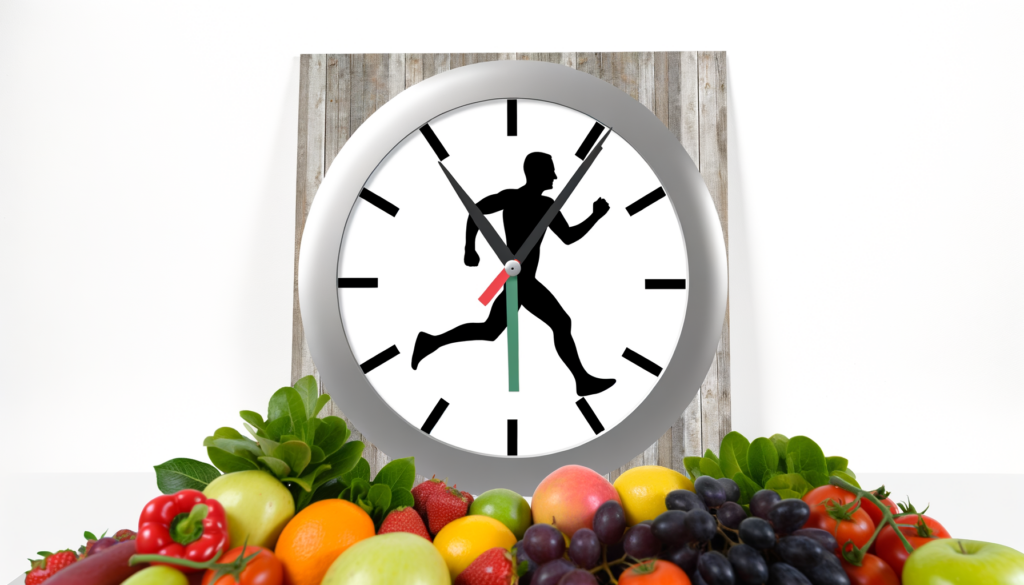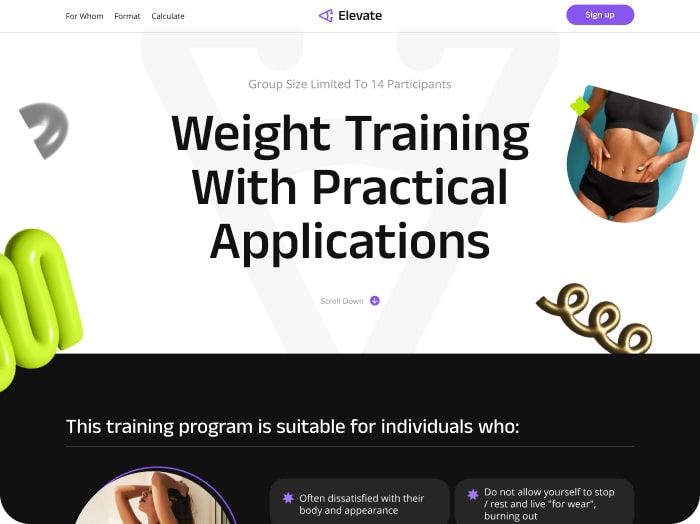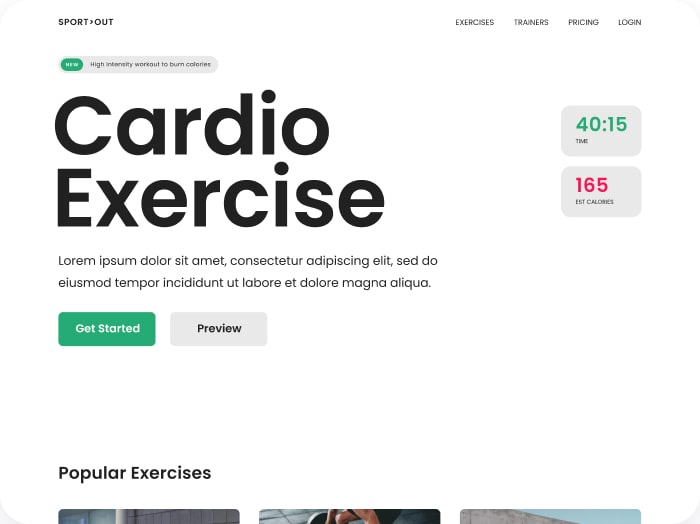Understanding the Science of Weight Cutting in Combat Sports
When athletes in combat sports, such as boxing, wrestling, or mixed martial arts, prepare for a competition, one of the critical aspects of their preparation is weight cutting. This process involves reducing body weight to compete in a specific weight category, and it requires a meticulous approach to ensure that the athlete’s performance and health are not compromised. Here’s a detailed guide on how to use calorie data to optimize pre-competition weight cutting.
The Importance of Caloric Deficit
To lose weight, an athlete must create a caloric deficit, which means consuming fewer calories than the body burns. The traditional rule of thumb is that a deficit of 3500 calories results in the loss of one pound of body weight.
“`html
For example, if an athlete aims to lose 15 pounds, they would need to create a caloric deficit of 52,500 calories over a period of time. However, this deficit should be achieved gradually to avoid significant loss of fat-free mass (FFM), which is crucial for maintaining strength and performance.
A safe and effective rate of weight loss is 0.5-1.0% of body weight per week. This rate helps in maximizing the retention of FFM while reducing fat mass[3).
“`
Dietary Strategies for Weight Cutting
### Macronutrient Balance
Proper macronutrient balance is essential during the weight-cutting phase. Here are some key considerations:
“`html
Protein intake should be high to maintain muscle mass. A recommended range is 1.3-2 grams of protein per pound of body weight. For instance, an athlete weighing 175 pounds should consume approximately 263 grams of protein daily (175 x 1.5)[5).
Carbohydrate intake can be adjusted based on the athlete’s training load. For combat sports, reducing carbohydrate intake to less than 50 grams per day for 3-7 days can help deplete glycogen stores and achieve a 2% body weight reduction without compromising strength and power[2).
Fat intake should be moderate, focusing on mono- and poly-unsaturated fats, which are essential for overall health and energy production[4).
“`
### Food Choices
The quality of food is as important as the quantity. Here are some guidelines:
“`html
Avoid processed foods, sugary drinks, and high-calorie snacks. Instead, focus on clean, fresh foods such as lean proteins (tuna, chicken), fruits (oranges), and vegetables (steamed vegetables)[1).
Hydration is crucial, but athletes may need to adjust their water intake in the days leading up to the weigh-in to manage body weight. However, severe dehydration is dangerous and should be avoided[2).
“`
Training and Recovery
### Exercise and Energy Expenditure
Physical training plays a significant role in weight cutting. Here’s how to optimize it:
“`html
Increase physical activity to enhance caloric expenditure. This can include high-intensity interval training, long hikes, or additional cardio sessions. However, ensure that the training does not overtax the body, as overtraining can lead to decreased performance and health issues[2).
Monitor the athlete’s resting heart rate to avoid overtraining. An increase in resting heart rate by more than 6-10 beats per minute can indicate overtraining[1).
“`
### Recovery Strategies
Recovery is as important as the weight-cutting process itself. Here are some strategies:
“`html
Ensure adequate sleep and rest. This helps in muscle recovery and maintains the athlete’s overall health and performance[2).
Use recovery tools like Epsom salt baths or other relaxation techniques to help manage stress and aid in recovery[1).
“`
Acute Weight Loss Strategies
For athletes who need to lose weight rapidly in the days leading up to the competition, here are some acute strategies:
“`html
Reduce food volume and limit portion sizes to decrease the mass of intestinal contents. This can include fasting or reducing total food volume without impacting energy and macronutrient intake[2).
Use low-weight, energy-dense foods in the hours and days prior to weigh-in. This helps in reducing body weight without depleting energy stores[2).
Avoid using laxatives or bowel preparation formulas as they can impact energy and macronutrient intake and reduce exercise capacity[2).
“`
Post-Weigh-In Recovery
After the weigh-in, the focus shifts to recovery and rehydration to ensure optimal performance during the competition.
“`html
Aim to restore fluid losses to within 2% of pre-hypohydration body weight. This is crucial for maintaining performance and health[2).
Replenish glycogen stores by consuming carbohydrates and ensure adequate protein intake to support muscle function[4).
“`
Case Studies and Real-World Examples
### Example from a BJJ Athlete
A Brazilian Jiu-Jitsu athlete aiming to lose 15 pounds for a competition might follow a diet that cuts out high-calorie foods like pasta, rice, and bread. They would focus on lean proteins, fruits, and vegetables, and increase their physical activity through running and hiking. Here’s an example:
“`html
The athlete starts by reducing their meal portions by a third and avoids junk food entirely. They eat tuna, oranges, and steamed vegetables, and limit their food intake after dinner. They also increase their physical activity by running and doing all-day hikes on weekends with minimal food intake).
“`
### Example from a Powerlifter
A powerlifter preparing for a competition might use a combination of gradual weight loss and acute weight-cutting strategies. Here’s how they might approach it:
“`html
The powerlifter follows a specific diet long-term, such as the If It Fits Your Macros (IIFYM) diet, which allows them to reach specific daily targets in grams of protein, carbohydrates, and fats. In the weeks leading up to the competition, they introduce a caloric deficit and reduce their carbohydrate intake to deplete glycogen stores. They also use acute strategies like reducing food volume and limiting water intake in the days before the weigh-in).
“`
Using Calorie Calculator Tools
To optimize weight cutting, using tools like the Calorie Calculator Cloud can be highly beneficial. These tools help in calculating the exact caloric deficit needed, tracking daily macronutrient intake, and ensuring that the athlete is meeting their nutritional goals without compromising their performance.
“`html
For instance, the Calorie Calculator Plans offer personalized nutrition plans based on the athlete’s specific needs, including their weight loss goals, training schedule, and dietary preferences. This can help in maintaining a balanced diet while ensuring that the athlete is in the optimal weight category for competition.
“`
Conclusion and Next Steps
Weight cutting in combat sports is a complex process that requires careful planning, precise execution, and a deep understanding of nutritional science. By using calorie data to create a tailored diet plan, increasing physical activity, and employing recovery strategies, athletes can optimize their weight cutting while maintaining their performance and health.
“`html
If you are an athlete preparing for a competition, consider using tools like the Calorie Calculator Cloud to help you navigate the weight-cutting process. Remember to stay hydrated, eat clean foods, and prioritize recovery to ensure you are at your best when you step onto the competition mat.
For more detailed guidance and personalized plans, explore the various resources available, including scientific articles and expert advice from sports nutritionists. Always prioritize your health and performance to achieve your goals safely and effectively.
“`
